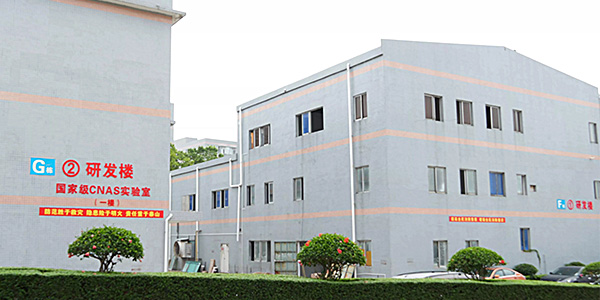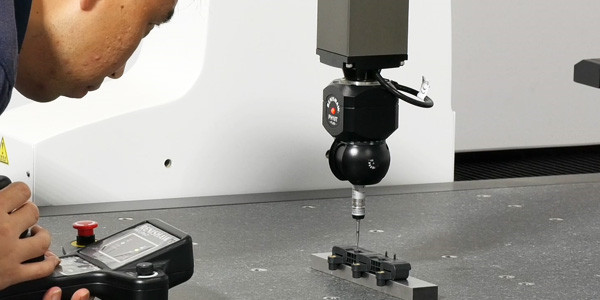R&D for automotive wiring harness & connectors

The automobile industry is now going through a dramatic change. Innovative technologies such as “electrification”, “automatic driving”, and “connected car” are happening now, transforming what we know today as automobiles into a new form, just as the horse-drawn carriage gave way to motorized vehicles. The ITS (Intelligence Transport Systems), a transmission connecting people, vehicles, and society, is rapidly leading to a new “automobile society”, with a particular focus on safety, reliability, comfort, and the environment.
The connection of vehicles with people and society will deliver an unprecedented level of convenience. For this reason, Gvtong Wiring Systems will pursue yet further the improvement of environment, safety, and convenience.
The continuous introduction of new car-related developments from the IT industry will undoubtedly bring about yet more changes in the automobile industry. Gvtong Electronic Technology, while adapting to these changes, will continue to contribute to the automobile industry not just with our wire harnesses, but also (using the technology we have gathered as a base), put our efforts into electronic-related technology as a natural extension of the harness technology.
Shenzhen Gvtong Electronic Technology Co., Ltd’s R&D
Gvtong’s basic concept of “Connect with the Best” refers not only to the role of technological “connections” which our products represent, but also to improving our variety of “connections” with our surroundings, using the most suitable methods to ensure that they are second to none. There is no question that, for us, it all starts with “connections”. As well as connecting devices and equipment, we wish to pave the way for the future of cars by using the pursuit of convenience to connect cars, people, and society. Original Idea just how we connect devices, we connect automobiles and cars, people, and society which lead to the future of cars.”




